By Kelly Khong
Continued from Spain (Day 3): Toledo
UNESCO World Heritage Avila
Avila is often known as the ‘Town of Stones and Saints’ and was declared as a world Heritage site by UNESCO in 1985. Its cultural heritage is a reflection of history, architecture, people and landscape. Las Murallas, the Walls of Avila, are the unique feature of the fortified city. The walled enclosures from the 12th century, with their 82 semicircular towers and nine gates, are the most complete in Spain today.
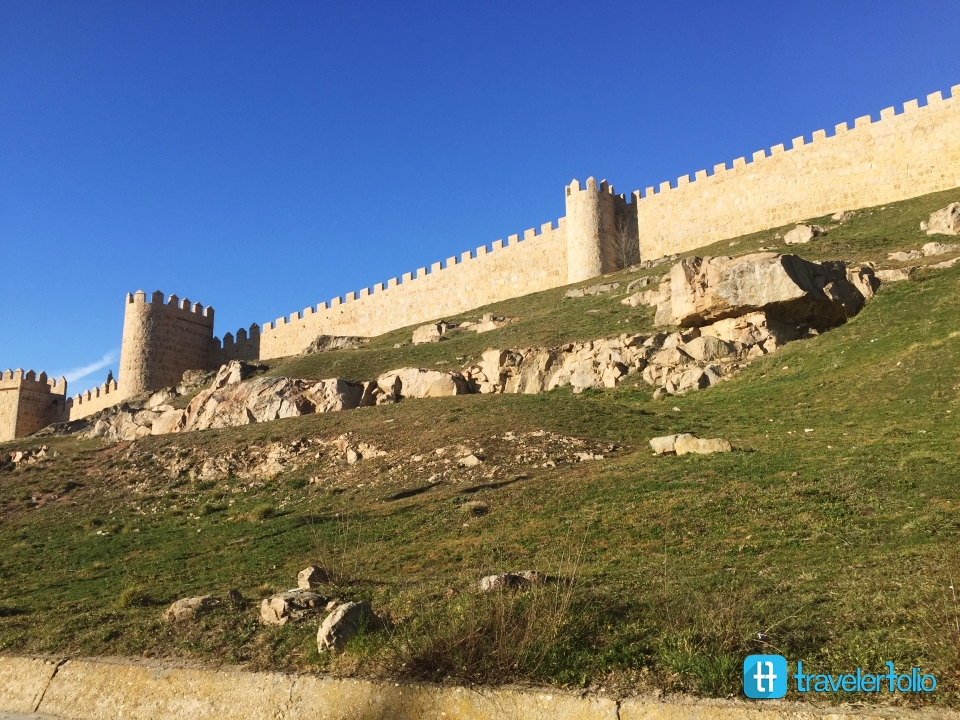
This is the monument that best characterized the city, and surely hard to miss. We learnt that the walls adapt to the topography of the terrain, which stretches high and low, surrounding the city like a strong fortress and that, for many generations, people of the Avila participated in its conservation efforts irrespective of religion and social status to protect the wall dearly.
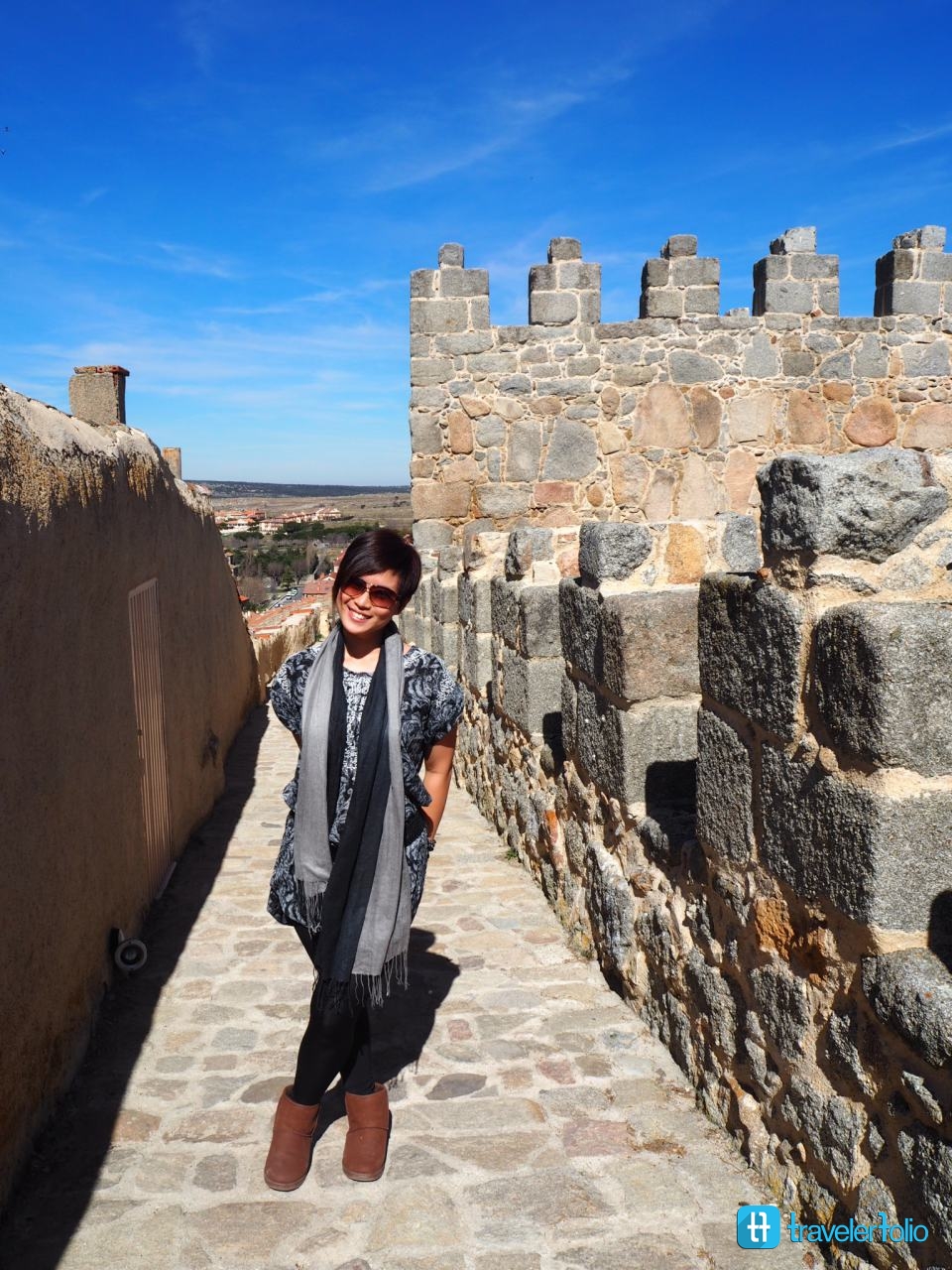
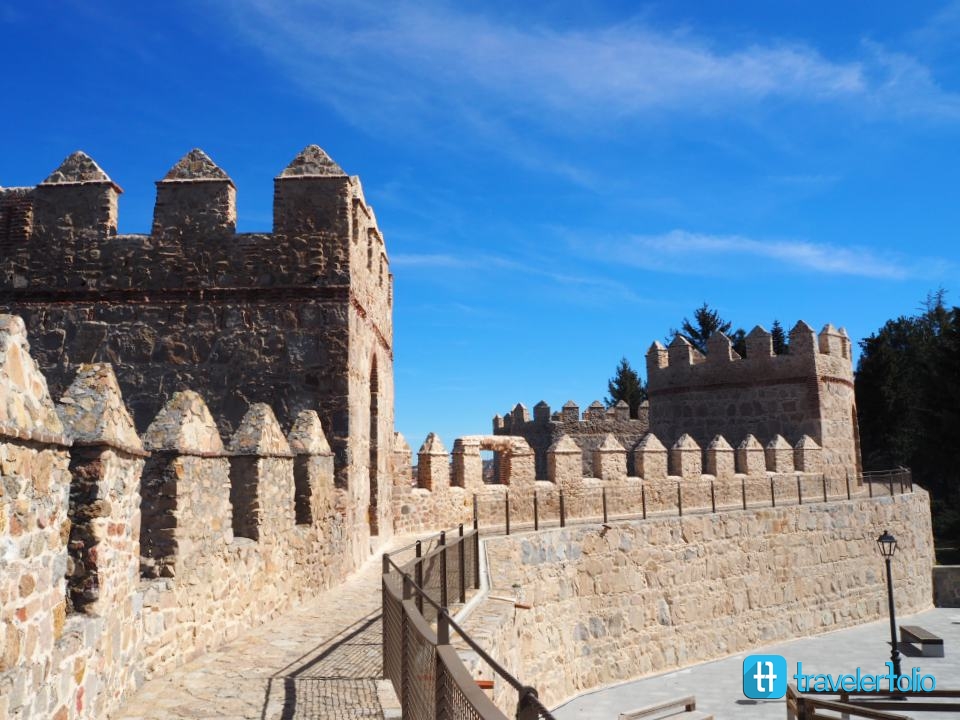
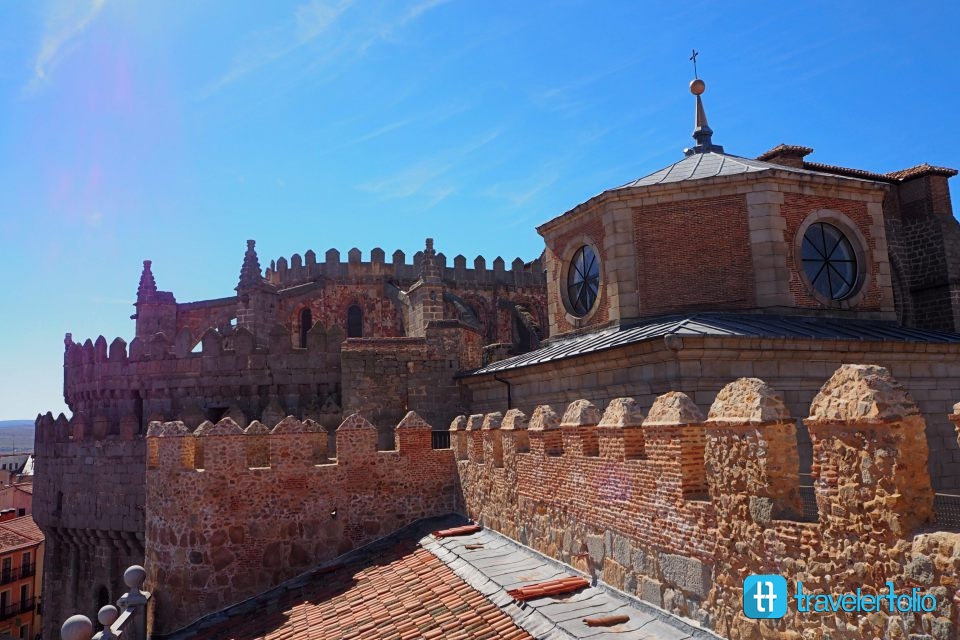
Taking a leisure stroll within and beyond Las Murallas is a must-do in your itinerary, as the scenic views that come along are refreshing and rewarding.
A breathtaking panoramic view from the top of Las Murallas.
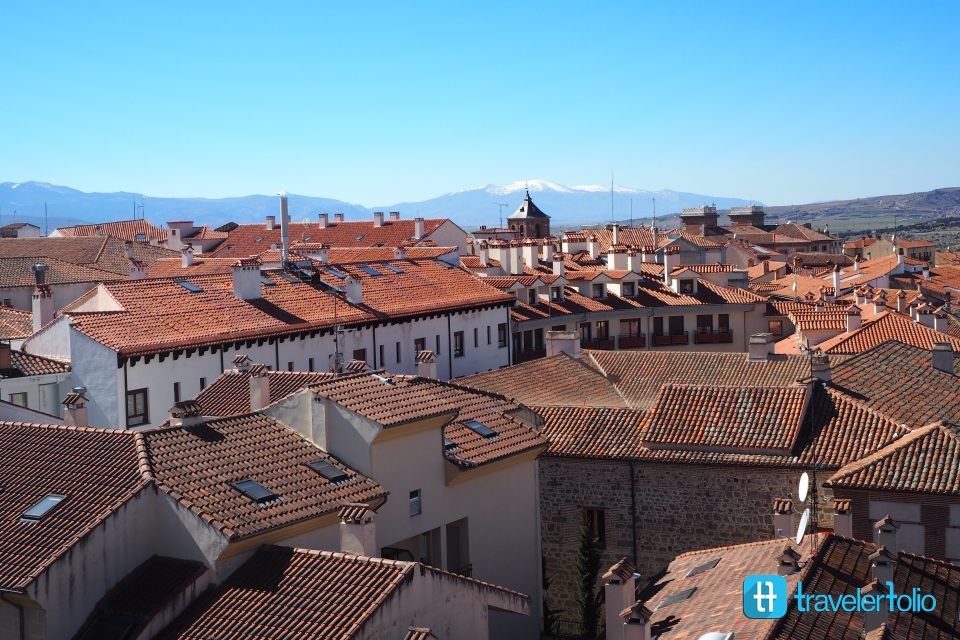
Our guide recommended a photography hotspot named “4 Quarter Posts” where you can see Avila at its best. We hired a ‘Tuk Tuk’ for a city tour and out of the walls to the 4 Quarter Posts and it was all worth it!
The “Tuk Tuk’ cost 5 Euro for a 35 minutes tour.
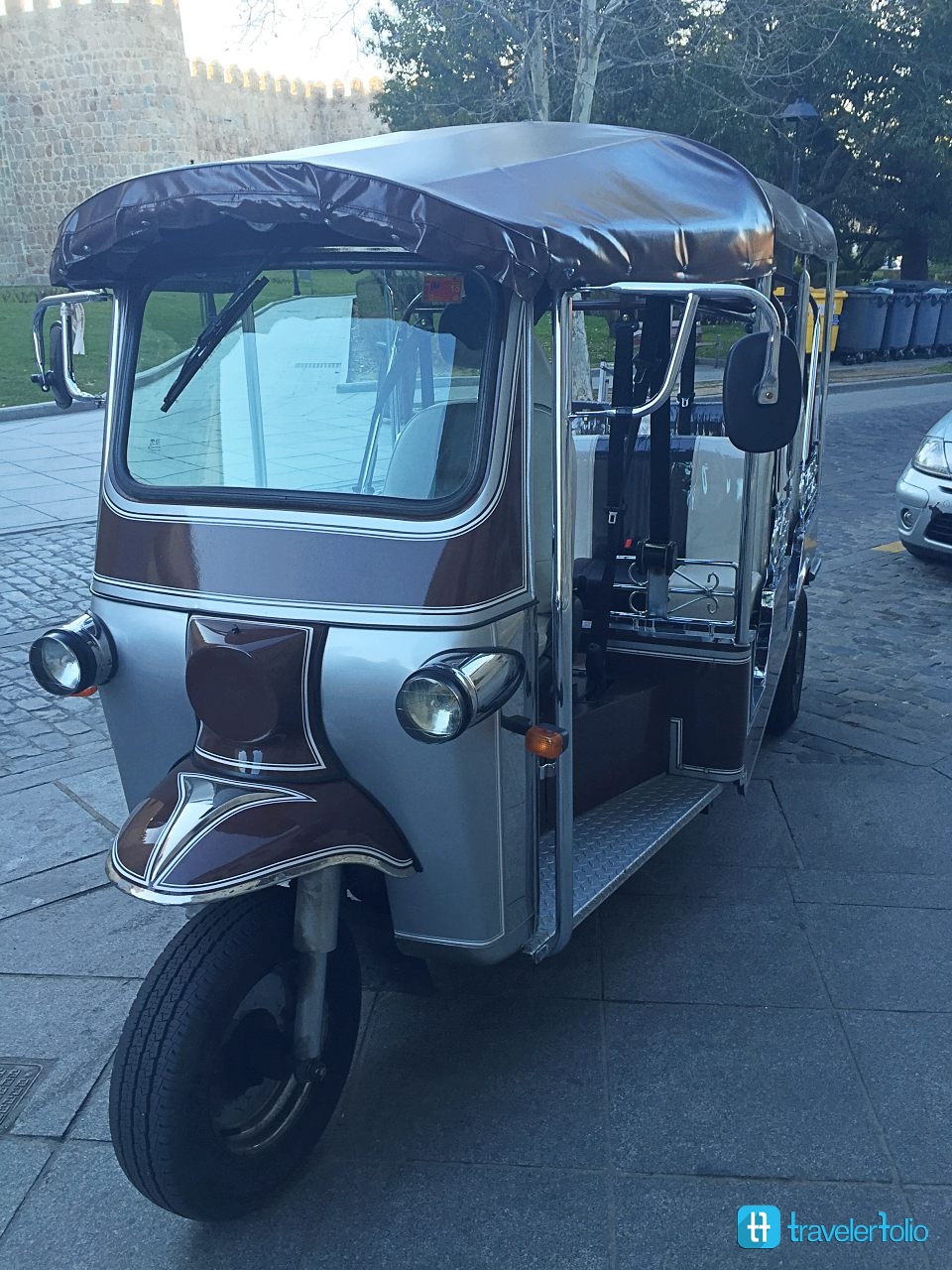
At the 4 Quarter Posts to soak in the best of Avila from a distance away – it’s awe-inspiring!
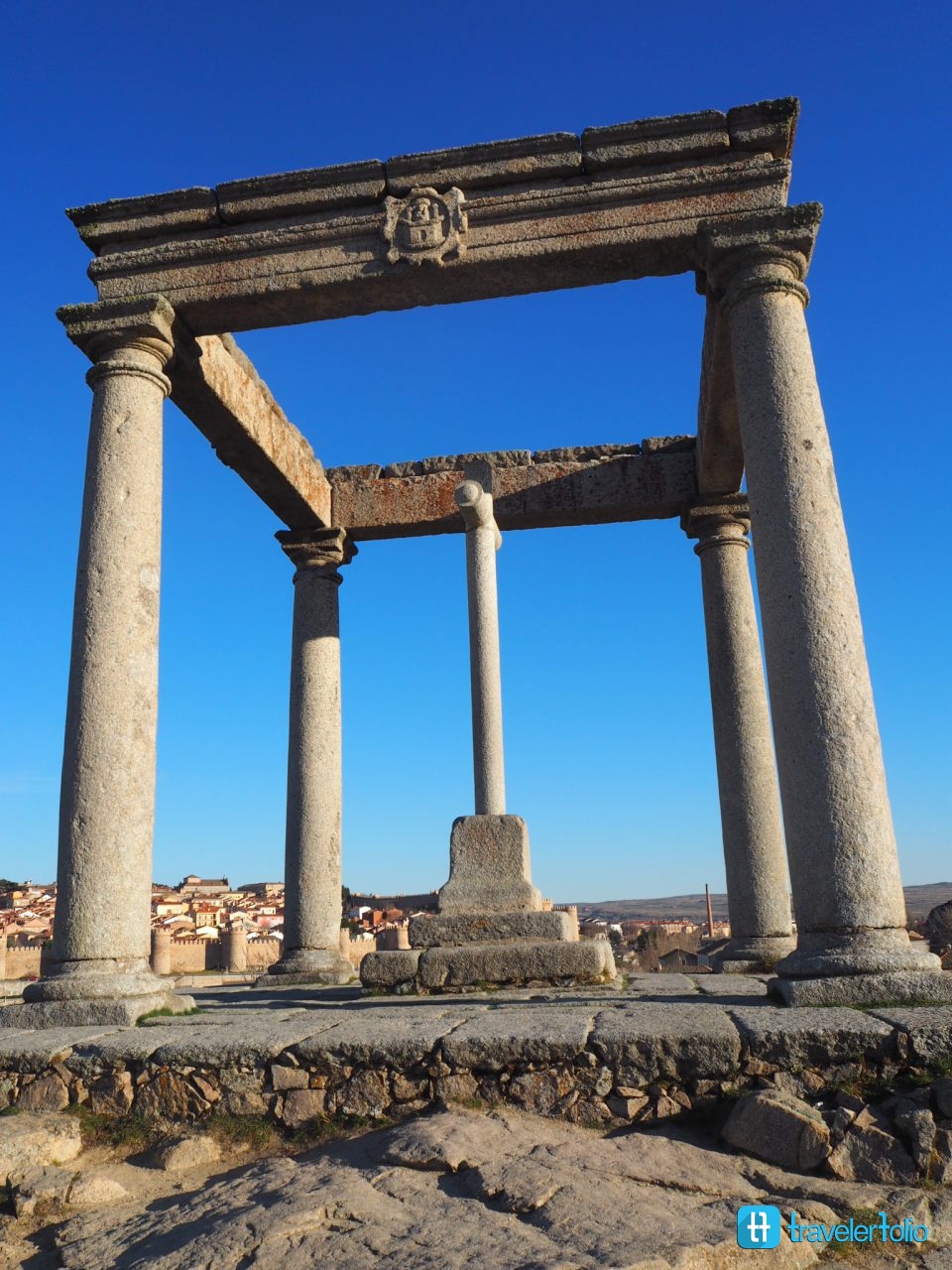
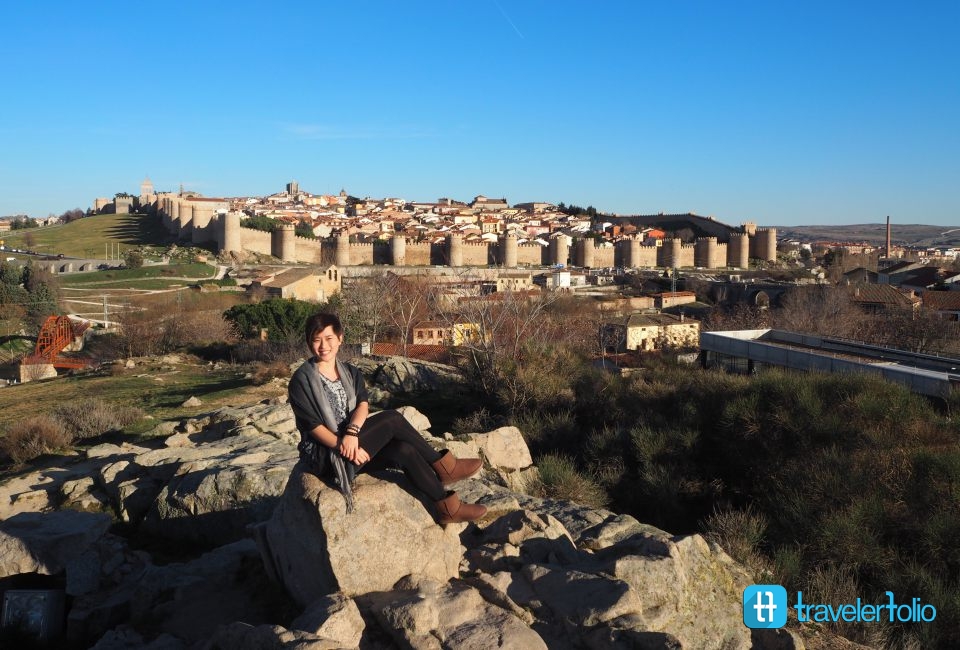
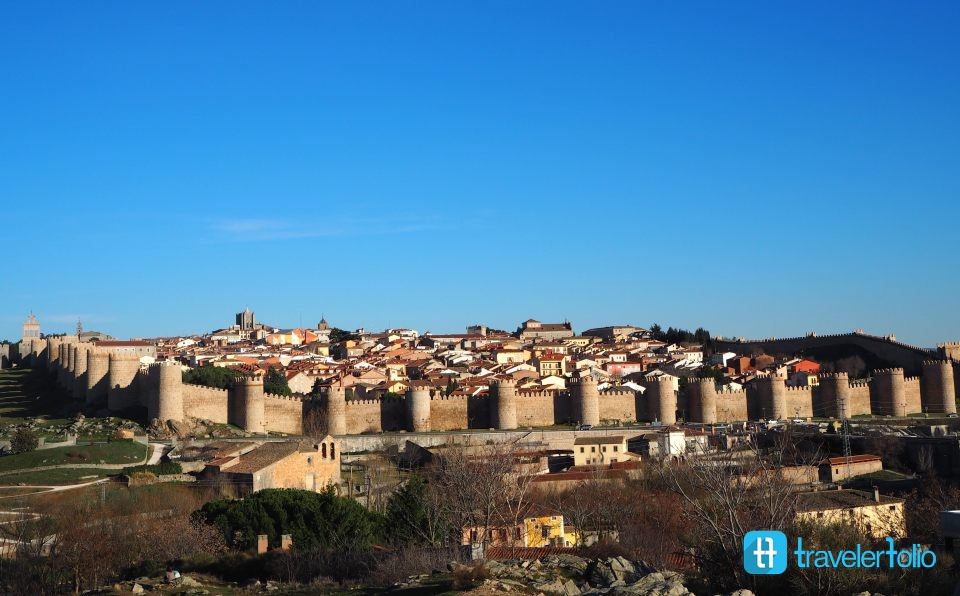
Our tour extended outside the medieval walls, to Monasterio de Santo Tomas, which is situated about 10 minutes drive from the city centre. It is a monastery built under the patronage of Hernando Núñez de Arnalte (treasurer of the Catholic Monarchs), his wife, María Dávila, the Inquisitor Fray Tomás de Torquemada and the Catholic Monarchs. The work began in 1482 and was completed in 1493. The interior of this monastery is exquisite and tranquil and it has weathered time for 522 years and counting. This is a piece of architectural marvel representing late Gothic model and the tomb of Prince D.Juan, son of the Catholic Kings lies here in eternity.
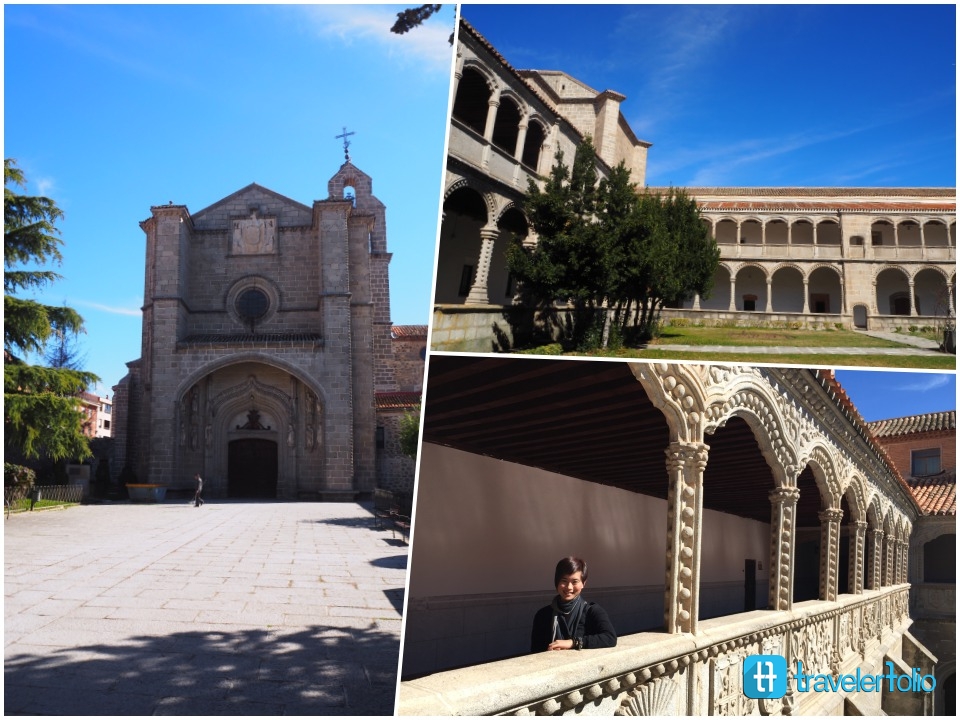
The church in Monasterio de Santo Tomas. There are three courtyards, each increasing in size and interest.
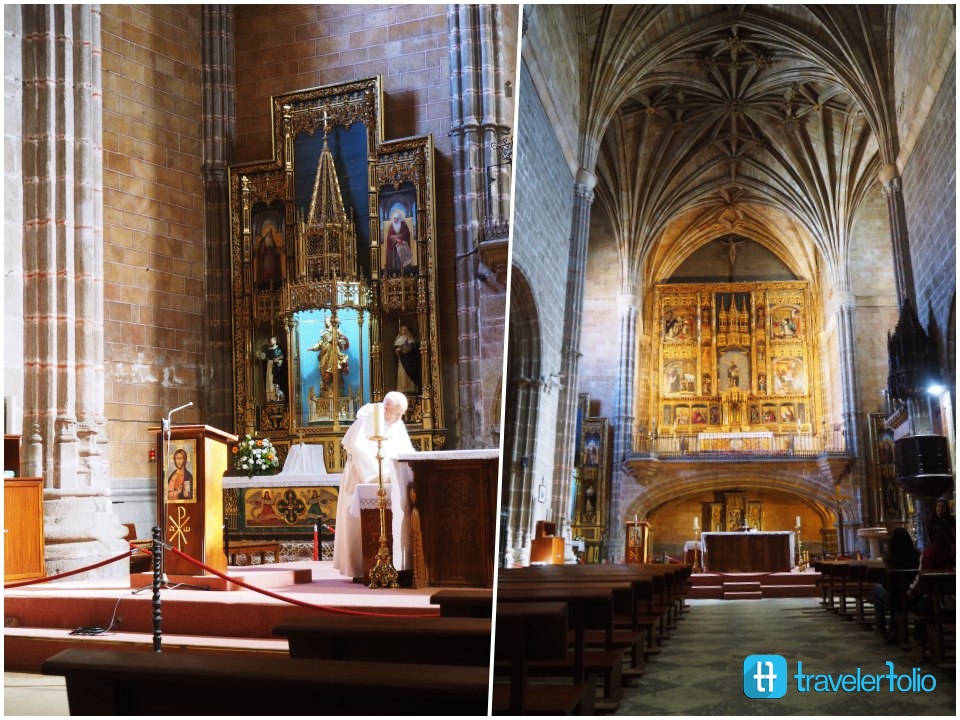
Here is an oriental art museum with a small collection of treasures and look what I have found? Early china illustrating the life of Jesus!
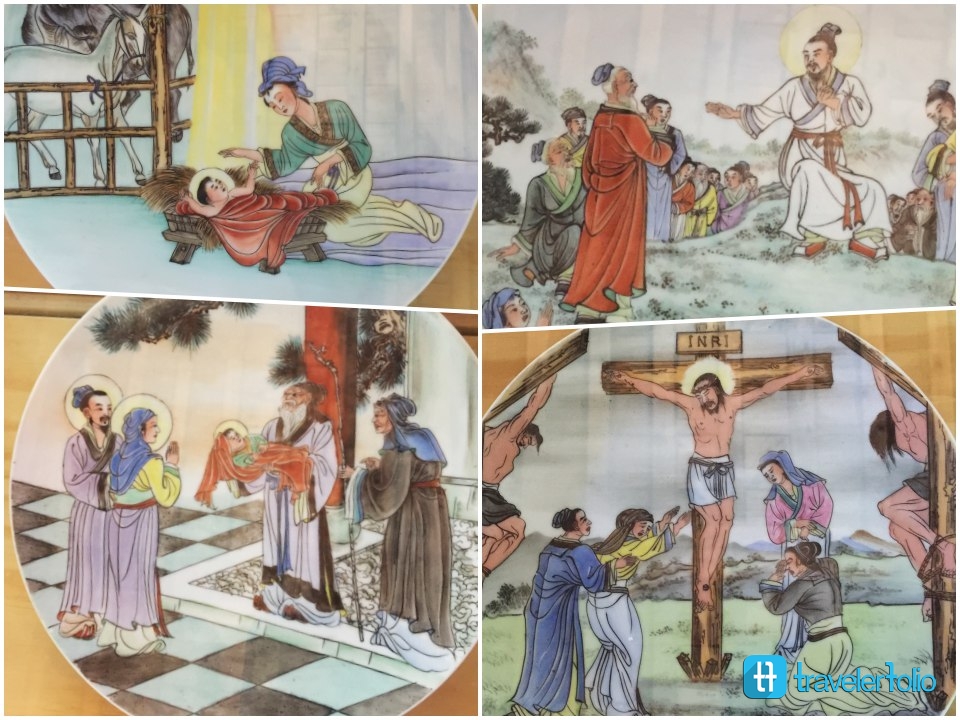
Another not-to-be-missed from your itinerary is the Avila Cathedral – the oldest Spanish Gothic cathedral since the 12th Century.
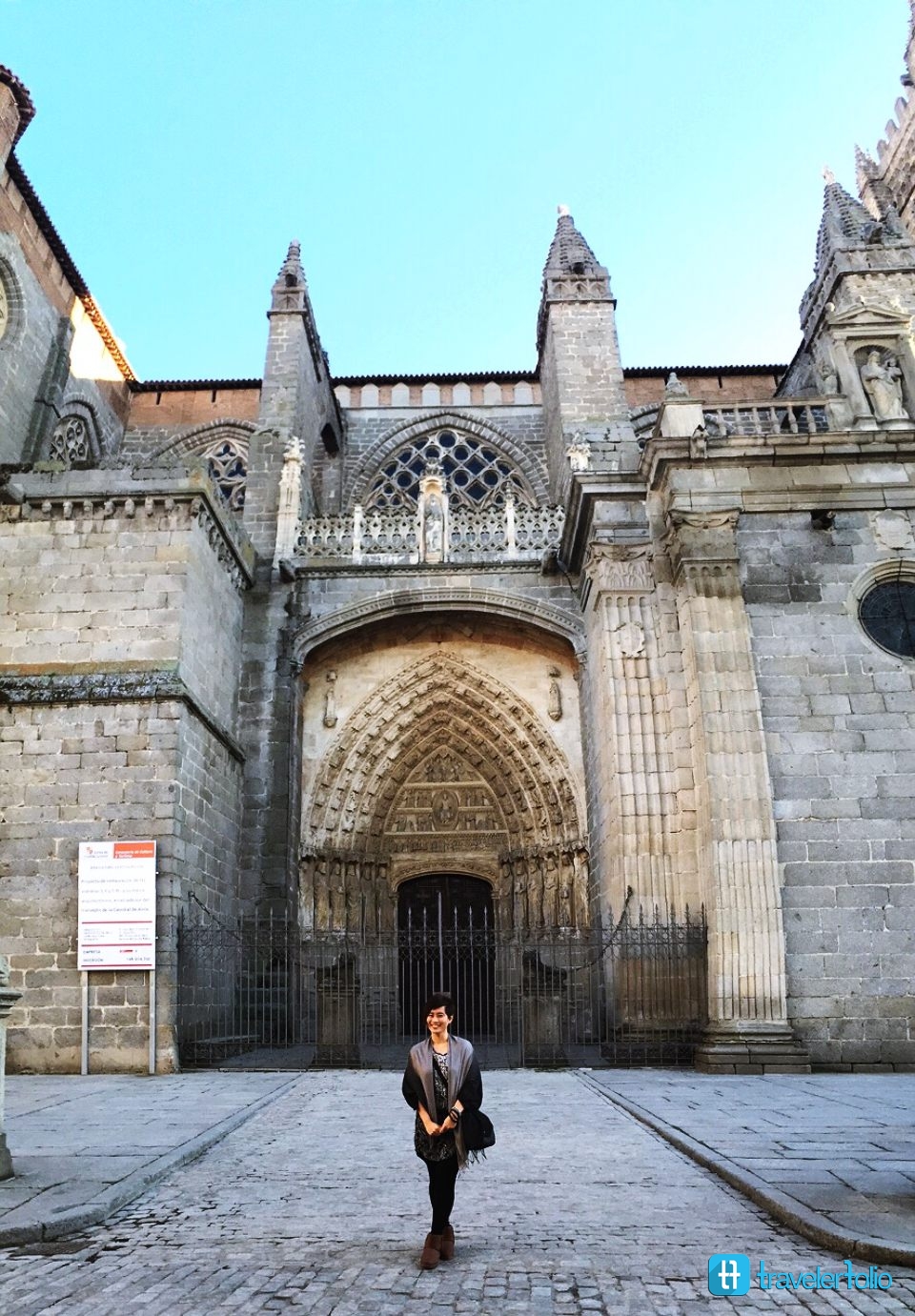
Something worth noting is that the outlook of the cathedral does look like a fortress, as Gothic cathedrals are usually not that angular. Avila Cathedral is a good example of a cathedral-fortress in Europe. The cathedral sanctuary is integrated into the city walls, which formed part of the city’s defensive fortifications.
Las Murallas looks equally amazing during sunset which gradually leads to nightfall.
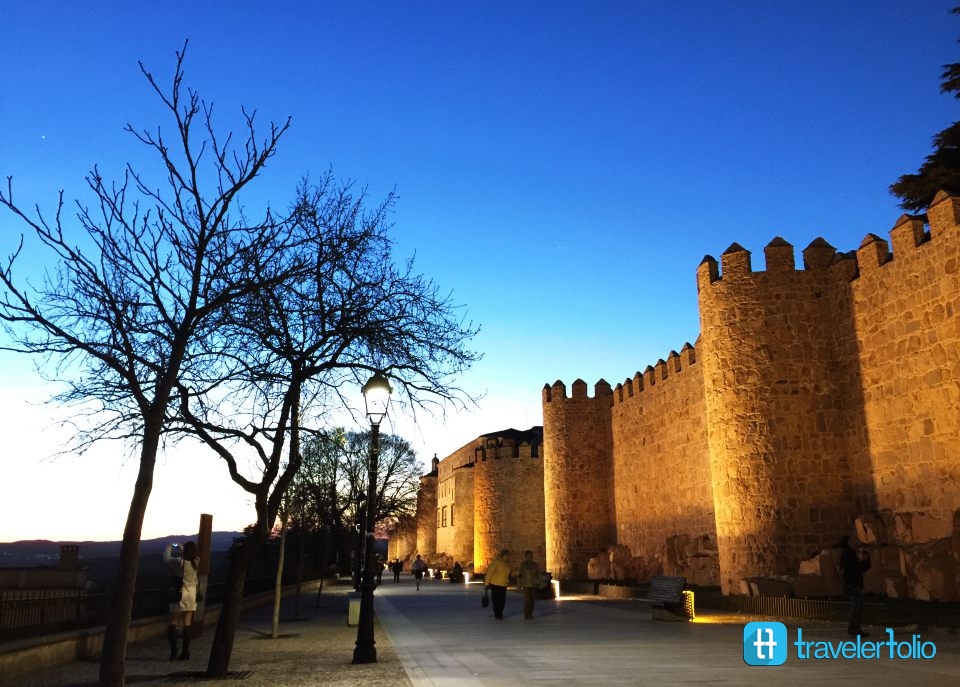
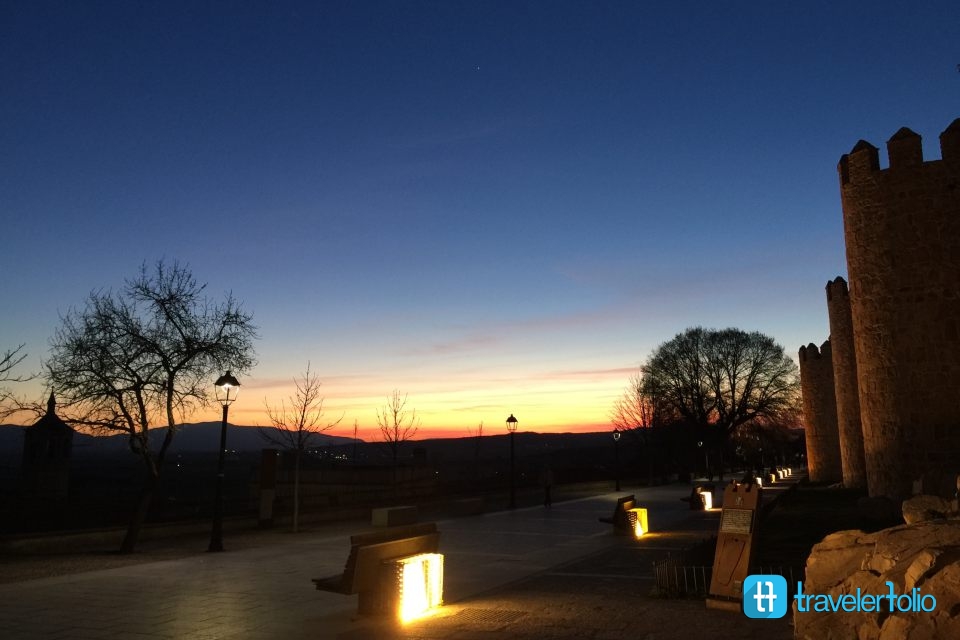
Loved the peaceful and serenity of the city.
Up next: Salamanca, a beautiful city with well preserved historical and monumental legacy.
Read all posts on Visit Spain 2015.

Leave a Reply